Fun Activities for Creative Problem-Solving
Are you eager to boost your creativity? Trying out fun activities for creative problem-solving can help you see challenges in a new light and come up with innovative solutions. Whether you like riddles, brain teasers, or group challenges, there are many entertaining ways to improve your problem-solving skills.
In this article, we’ll look at enjoyable activities that can help you think outside the box and improve your ability to tackle obstacles creatively.
What is a Problem-Solving Game?
A problem-solving game involves challenging tasks or puzzles that require critical thinking skills to find solutions. Participants tackle complex problems by collaborating, using creativity, and logical reasoning.
For example, “Line Up Blind” and “Reverse Pyramid” require effective communication and out-of-the-box thinking.
These games help enhance critical thinking skills by presenting obstacles that require analysis, strategizing, and informed decisions. Working through challenges encourages individuals to evaluate options and consider consequences.
“Move It” and “Human Knot” promote adaptability, collaboration, and quick thinking, essential elements of critical thinking.
Lessons from these games are transferable to real-life scenarios, such as the workplace. Skills like adaptability, communication, and decision-making developed in these activities are applicable in various real-world situations.
Why We Need to Be Good at Solving Problems at Work
Handling Risks Smartly
Effective problem-solving skills are essential in handling risks smartly in the workplace. One strategy is encouraging a proactive mindset among employees and fostering a culture of identifying and addressing potential risks before they escalate.
For example, regular risk assessment and mitigation training can empower employees to recognize, assess, and address risks effectively.
Additionally, creating a platform for open communication and idea sharing can lead to innovative risk management solutions, reducing the likelihood of potential threats materializing.
Moreover, effective problem-solving skills can play a pivotal role in mitigating risks by enabling teams to develop creative solutions to minimize or prevent the impact of potential risks. For instance, the “Dumbest Idea First” activity encourages thinking outside the box and considering unconventional solutions, fostering a mindset that seeks inventive ways to handle risks. This approach can aid in identifying and implementing proactive strategies to address potential risks before they escalate, ultimately minimizing their impact on the work environment.
Steps can be taken to encourage adaptability and collaboration among employees to prevent and minimize potential risks in a work environment. Problem-solving activities like “Human Knots” and “Egg Drop” promote teamwork, communication, and strategic planning, allowing teams to practice effective risk management in a controlled setting. This can translate into real-world scenarios, where employees are better equipped to identify, prevent, and respond to risks, minimizing their impact on the work environment.
Talking Better to Each Other
Improving communication involves problem-solving activities that promote collaboration, adaptability, and creativity. Actively listening to each other enhances conversation quality and problem-solving within a team or group by ensuring all voices are heard and diverse perspectives are considered.
Empathy enhances communication and fosters better relationships by helping individuals understand and relate to their teammates’ thoughts and feelings. This leads to increased trust, rapport, and mutual respect.
Doing Our Jobs Faster and Better
Creative activities can improve problem-solving skills for individuals and teams. These activities can help develop analytical skills, lateral thinking, perseverance, motivation, adaptability, and quick thinking. Strategies like “Dumbest Idea First” and “What Would X Do” promote instant problem-solving and innovative solutions. Problem-solving icebreakers and reflective practices can foster better risk handling, communication, productivity, and a proactive mindset at work.
Real-world simulation activities like “Human Knots,” “Egg Drop,” and “Tallest Tower” can help teams practice decision-making, adaptability, and resource management, ultimately enhancing problem-solving skills for more efficient projects.
Being Ready Before a Problem Happens
Problem-solving activities can help teams and individuals prepare for problems. These activities include “Line Up Blind,” “Reverse Pyramid,” “Move It!,” and “Human Knot.” By doing these, they can learn to be adaptable, work together, and communicate well, which are important for dealing with and stopping issues at work. These activities help them improve their problem-solving skills by being creative, making fast choices, and working well together.
Also, thinking about the skills they learned can help them use problem-solving in real life, making them more ready for any challenges.
Types of Cool Games for Solving Problems
The ‘Not the Best’ Idea Game
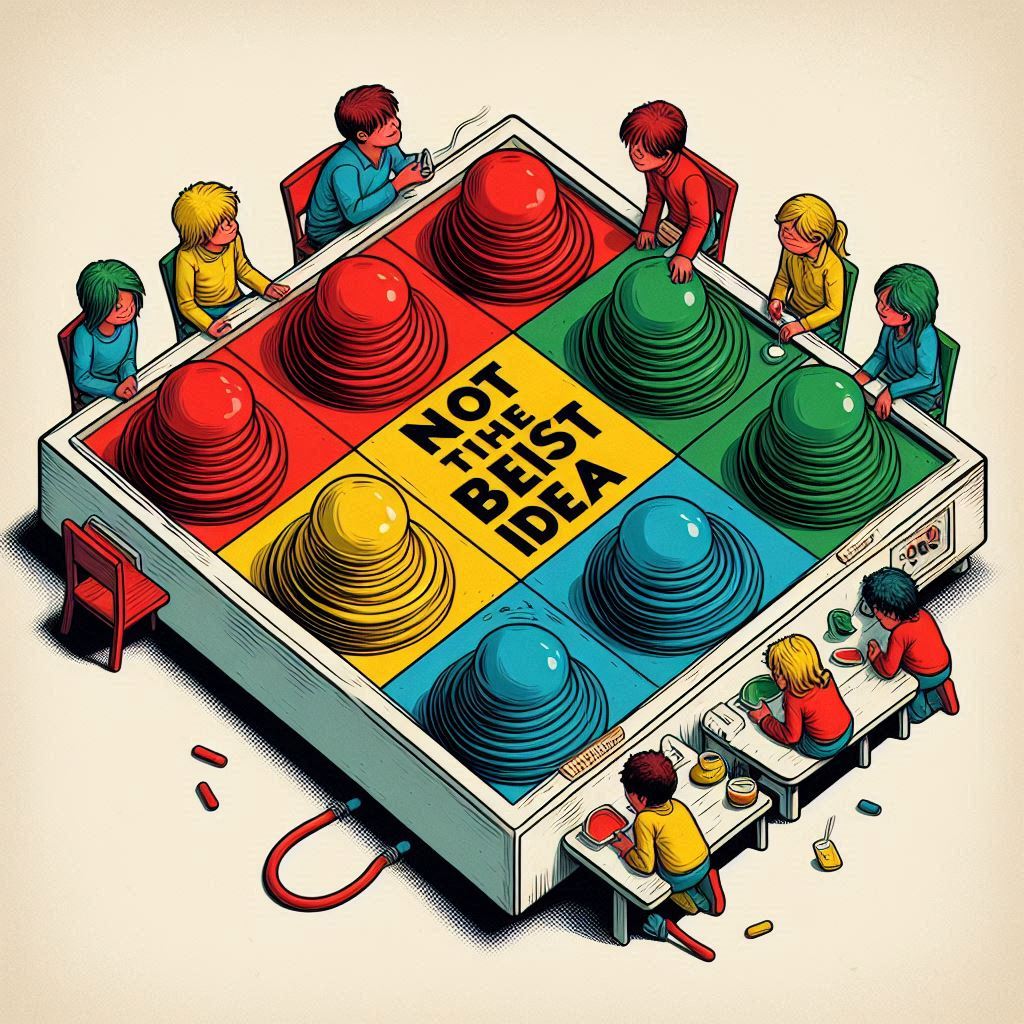
“The ‘Not the Best’ Idea Game” encourages individuals and teams to think differently and devise unconventional solutions. This activity helps people explore their creativity and develop innovative approaches by generating ‘dumb’ ideas. It challenges traditional thinking and explores alternative perspectives, which can be useful in real-world situations.
The game creates a safe space for participants to express unlikely solutions and brainstorm unconventional ideas, leading to inventive problem-solving strategies. Embracing ‘not the best’ ideas can expand creative thinking and contribute to unexpected problem-solving techniques.
Building Towers with Marshmallows and Spaghetti

Building towers with marshmallows and spaghetti involves using two main materials: marshmallows and dry spaghetti. The game involves carefully putting together the marshmallows and spaghetti to create structures or towers. This promotes creativity and encourages teamwork. It also helps with critical thinking, adaptability, and resourcefulness. Effective communication and teamwork are necessary to plan, design, and build the tower.
As the tower is being built, unexpected challenges arise, which require quick thinking and decision-making. The limited and delicate materials add pressure and risk, simulating real-life problem-solving situations and improving problem-solving skills.
The Thing That Shrinks
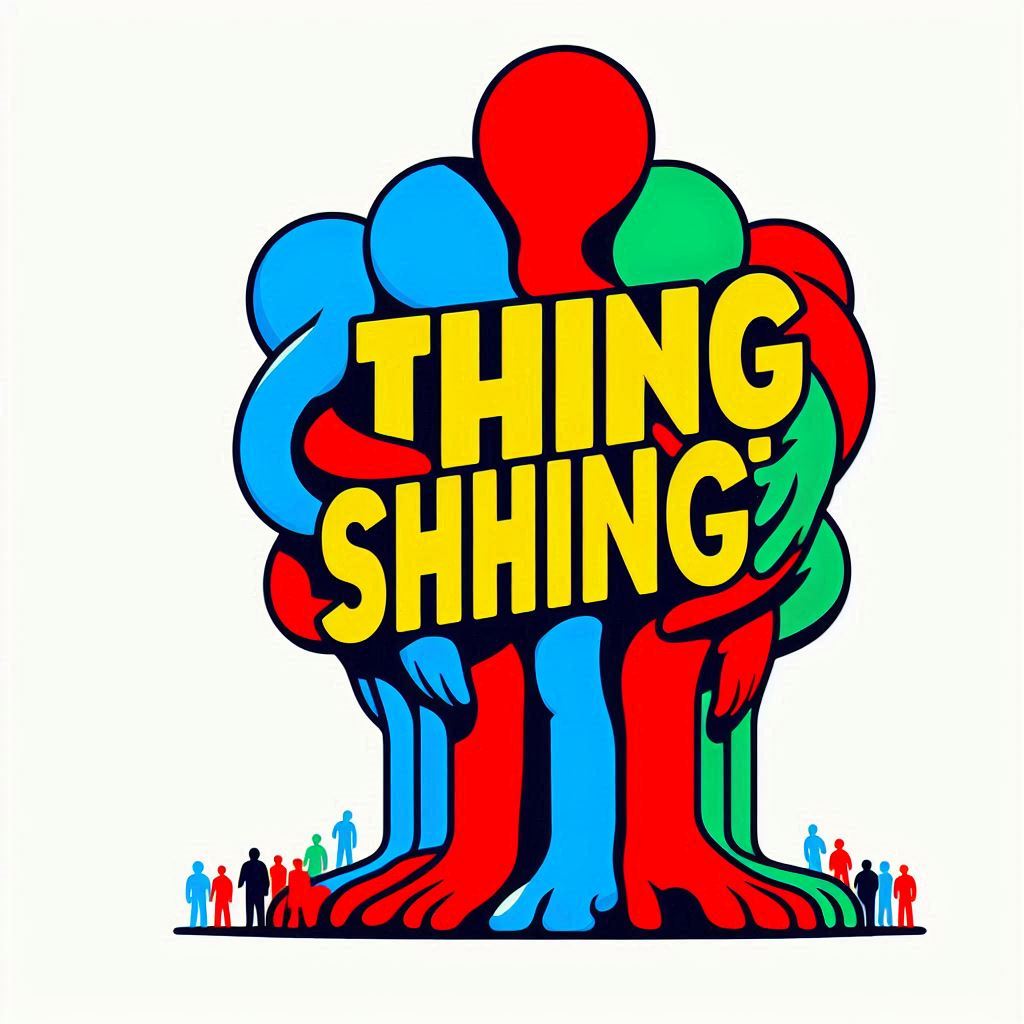
“The Thing That Shrinks” is a team problem-solving activity. It challenges participants to work together to solve a complex problem within a limited timeframe.
In this activity, participants are presented with a set of constraints. To accomplish the task, they are required to collaborate, communicate effectively, and think critically.
“The Thing That Shrinks” encourages participants to think creatively, consider different perspectives, and explore innovative solutions to the given problem.
Playing “The Thing That Shrinks” can help improve problem-solving skills. It promotes creativity, adaptability, and decision-making in a dynamic environment. The activity requires participants to brainstorm ideas, analyze various approaches, and test unconventional solutions, honing their problem-solving abilities.
Moreover, the activity’s collaborative nature fosters teamwork, communication, and leadership skills, which are essential for addressing complex challenges in a professional setting.
The benefits of playing “The Thing That Shrinks” include enhanced critical thinking, improved communication, strengthened teamwork, and the development of innovative problem-solving strategies. Engaging in this activity sharpens analytical and creative skills. It also provides valuable experience in managing constraints, prioritizing tasks, and working efficiently under pressure.
All Tied Up Together
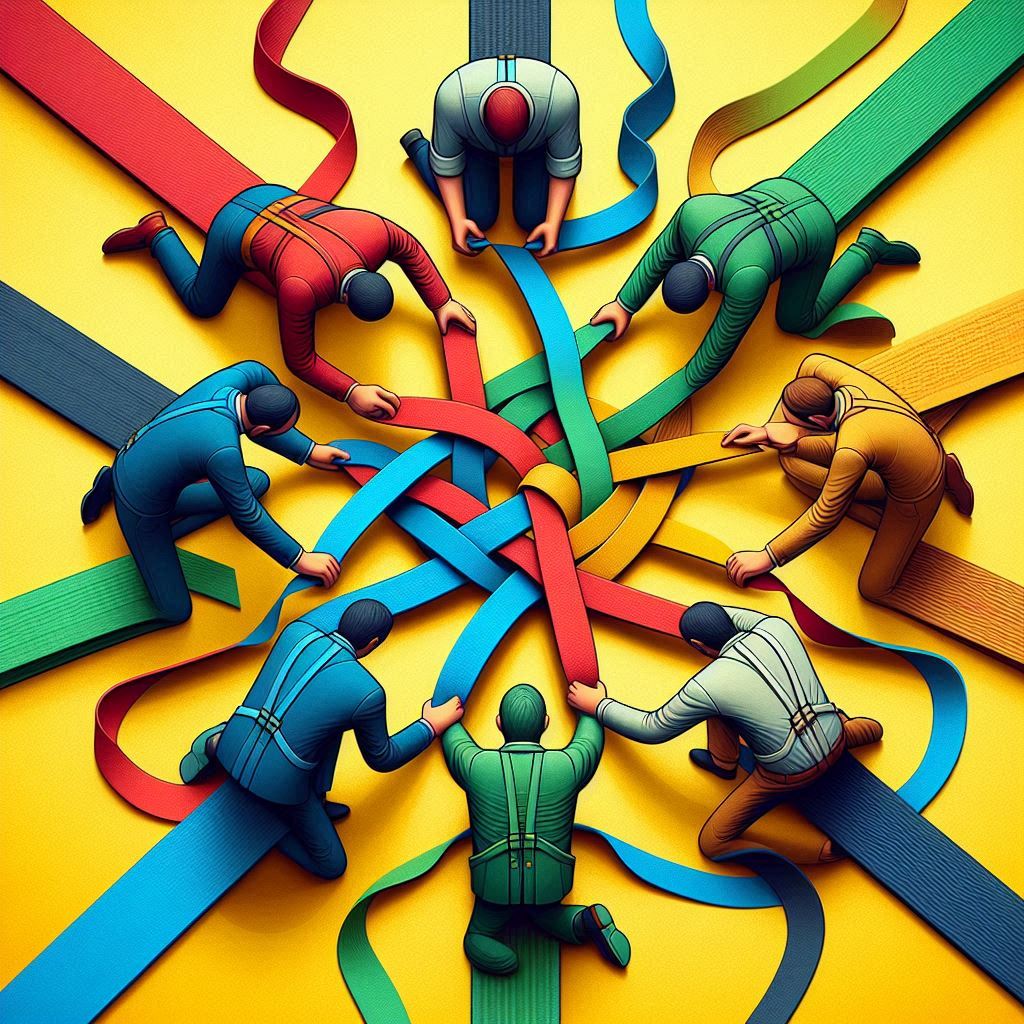
The “All Tied Up Together” problem-solving game is significant for teamwork and collaboration. It promotes effective communication, adaptability, and collaborative problem-solving skills within a team setting.
The activity focuses on untangling a human knot and creating a perfect circle without letting go of anyone’s hand. This encourages team members to work together, communicate clearly, and think critically to resolve the tangled situation.
Participating in “All Tied Up Together” can improve communication and problem-solving skills by requiring team members to actively listen, strategize, and find creative solutions together in a fun and engaging way. This game helps individuals and teams become more efficient in problem-solving and decision-making.
Step-Up the Pyramid

Problem-solving games are interactive activities that help individuals and teams develop key problem-solving skills. These include critical thinking, creative thinking, and analytical reasoning. The games typically involve real-world scenarios and require participants to collaborate in finding practical solutions to various challenges.
Being adept at problem-solving is important for effective project management, risk mitigation, and fostering an innovative work culture. Strong problem-solving skills can lead to better communication, improved decision-making, and increased productivity, all essential for organizational success.
To excel at problem-solving, individuals must practice active listening, consider alternative perspectives, think creatively, and approach challenges methodically. They should also be open to learning new problem-solving techniques, seeking feedback, and reflecting on past experiences to improve their skills continuously. With consistent practice and dedication, individuals can enhance their problem-solving abilities and contribute to their personal and professional growth.
Avoid the Mines
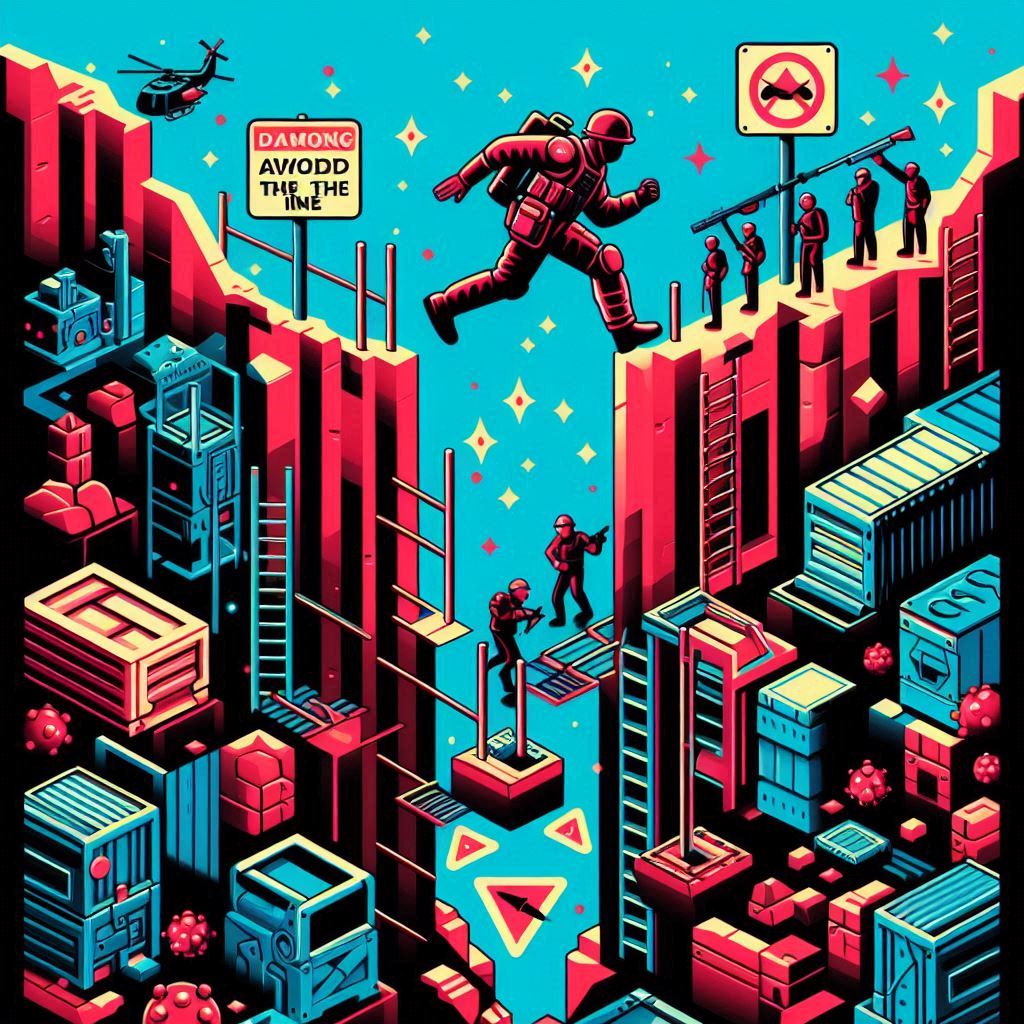
Playing the “Avoid the Mines” game helps people develop problem-solving skills. It improves quick decision-making, risk assessment, and strategizing. Players also enhance their analytical and critical thinking abilities by avoiding mines and navigating obstacles.
The game fosters adaptability and collaboration. Players must communicate effectively, coordinate movements, and work together to overcome challenges.
In a work or team setting, mastering the game can improve decision-making, problem-solving abilities, and risk management. It also facilitates team building by fostering trust, unity, and cooperation.
Don’t Crack the Egg!
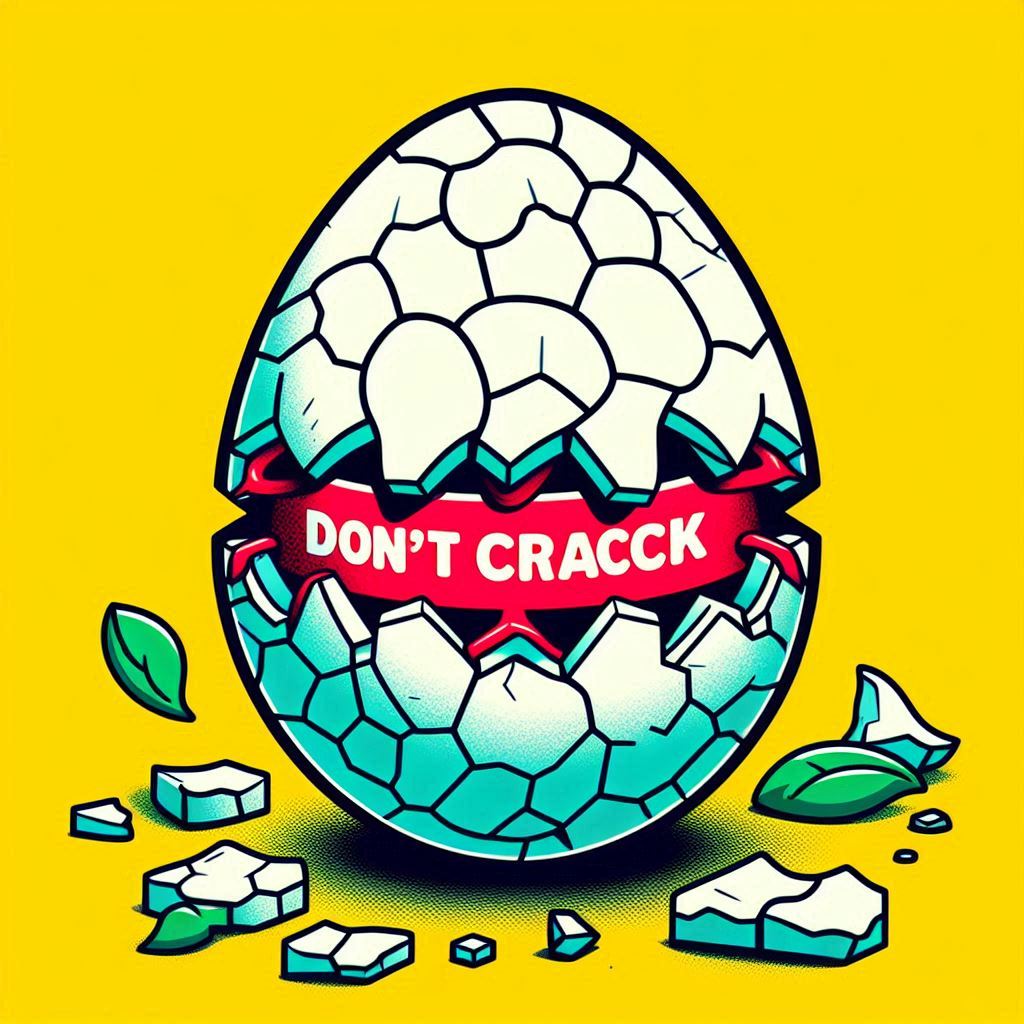
“Don’t Crack the Egg!” is a game where participants protect an egg from cracking when dropped from a certain height. This activity encourages creativity, adaptability, and quick problem-solving skills.
Being good at solving problems at work is essential. It leads to better risk handling, improved communication, and increased productivity. Games like “Don’t Crack the Egg!” help people develop creative problem-solving skills, adaptability, and logical reasoning, which are essential for tackling real-world challenges in the workplace.
Other problem-solving games, like “Human Knots,” “Frostbite,” “Wool Web,” “Tallest Tower,” “Spider Web,” “Shrinking Vessel,” “Minefield,” “Egg Drop,” and “Stranded,” also benefit individuals and teams. These games help improve decision-making, adaptability, resource management, and collaboration skills, building a proactive mindset among participants.
Get Off the Island!

The “Get Off the Island!” game is a practical exercise that helps teams develop problem-solving and communication skills. It simulates a scenario where team members are stranded on an island, prompting individuals to brainstorm solutions, collaborate effectively, and make decisions under pressure. The game fosters adaptability, teamwork, and quick thinking ability.
To excel at solving problems with the “Get Off the Island!” game, follow these steps:
- Engage in active listening and constructive communication within the team.
- Encourage creative thinking and brainstorm diverse solutions to escape the island.
- Practice resource management and adaptability to overcome obstacles.
- Foster leadership skills and collaborative decision-making to execute an effective escape plan.
- Reflect on the experience and identify areas for improvement in problem-solving and communication.
Team Brain Teasers
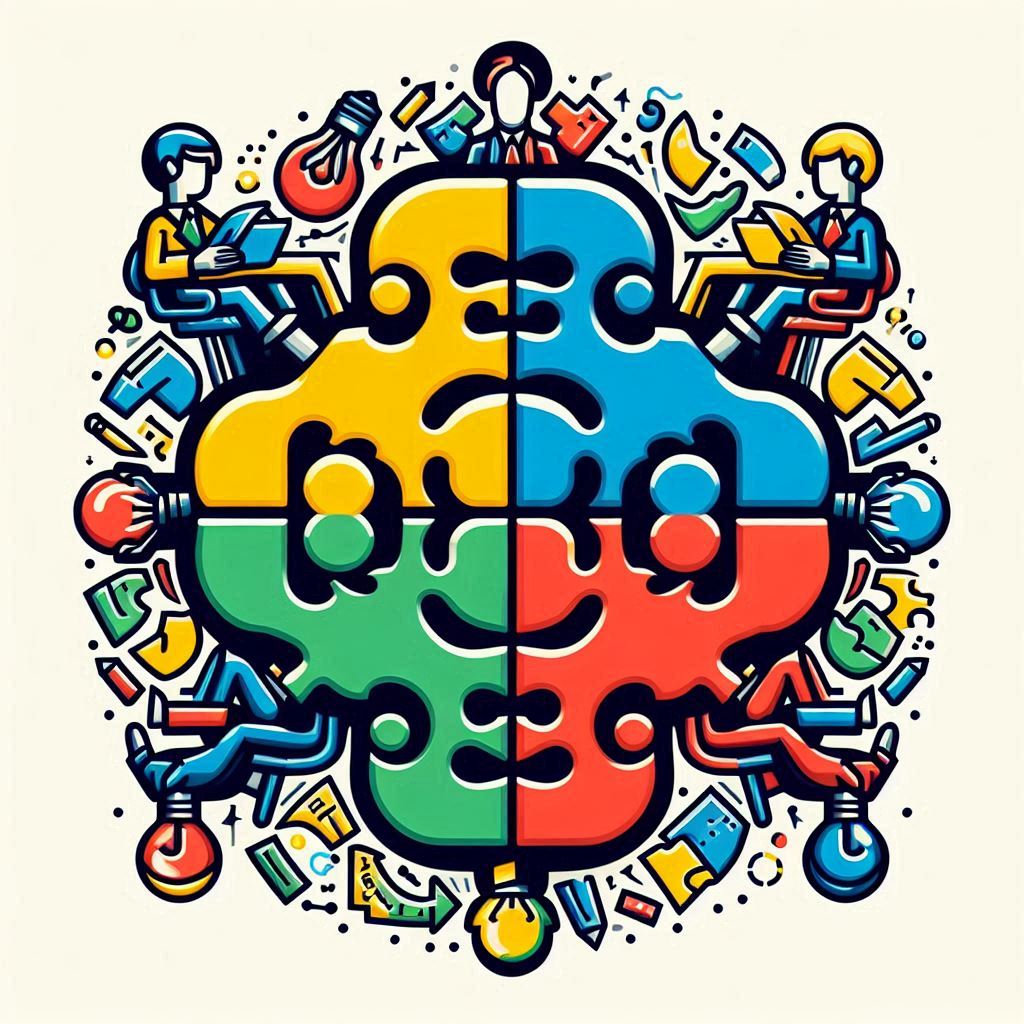
How These Games Make Us Smarter Together
Solving problems as a team has many benefits. It improves communication, teamwork, and decision-making. When teams work together to solve problems, they learn to listen, share ideas, and work towards common goals. These are essential skills for effective teamwork.
Playing problem-solving games can enhance communication and teamwork. These games build trust, encourage open dialogue, and create a supportive team environment. They give team members a safe space to express their ideas, listen actively, and develop problem-solving strategies as a unified team. This helps the team work together and communicate effectively.
Adapting and thinking quickly in a group is essential for overcoming challenges and achieving shared goals. Problem-solving games help team members practice these skills in different scenarios, requiring quick decision-making, resourcefulness, and flexibility. This prepares them to handle complex real-world situations as a cohesive team.
Playing Games To Work Better With Others
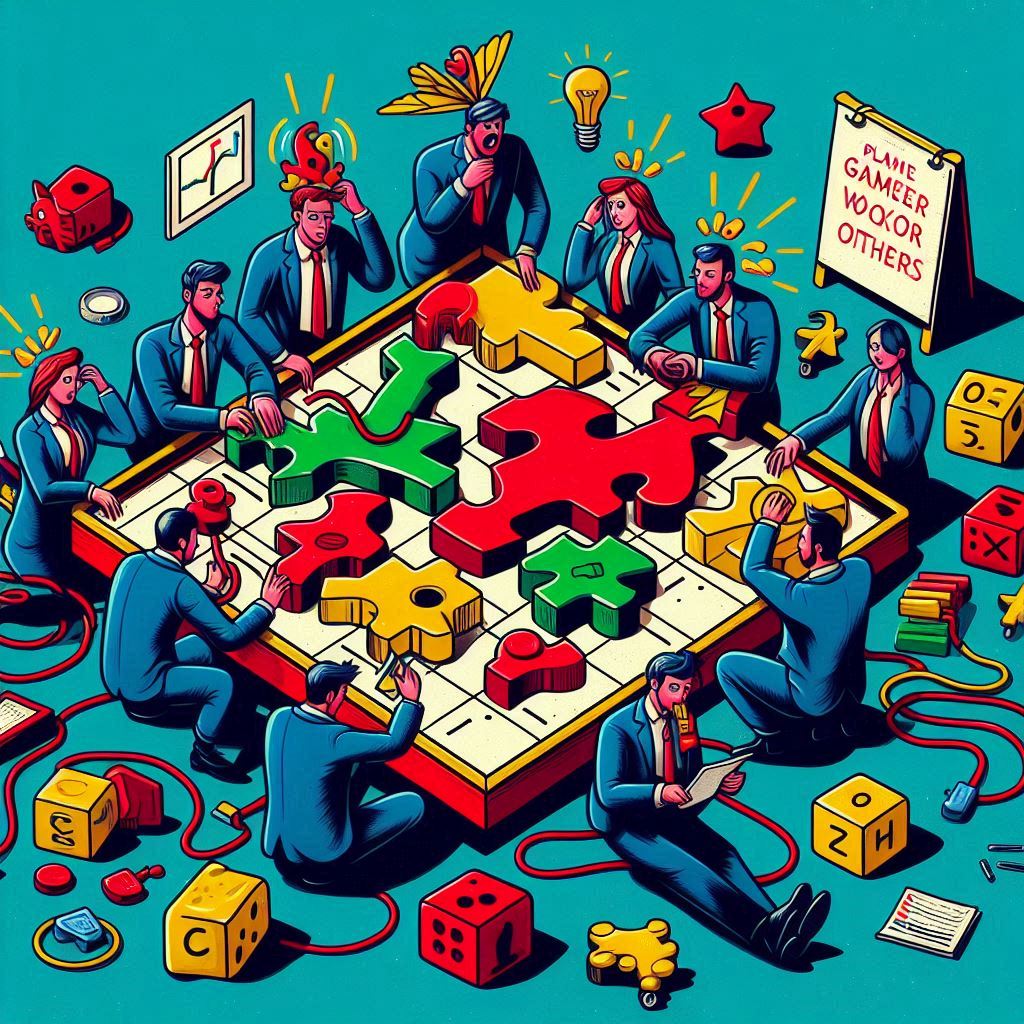
Playing problem-solving games can help individuals work better with others. These games promote teamwork, communication, and collaboration. Activities like “Line Up Blind,” “Reverse Pyramid,” “Move It!”, and “Human Knot” require participants to communicate effectively, trust one another, and strategize as a team. This fosters an environment of mutual support and understanding, essential for working effectively in group settings.
“Line Up Blind” and “Move It!” are examples of problem-solving games that improve teamwork and communication skills. These games challenge participants to work together silently, follow instructions, and coordinate movements within set restrictions. They emphasize the importance of clear communication, adaptability, and cooperation to achieve success.
To enhance problem-solving abilities through gameplay, individuals can actively practice active listening, share ideas, and respect diverse viewpoints within the team. Reflecting on the problem-solving process after each game allows participants to identify areas for improvement and apply these insights to real-world challenges, ultimately enhancing their collaborative problem-solving skills.
Solving Puzzles as a Group
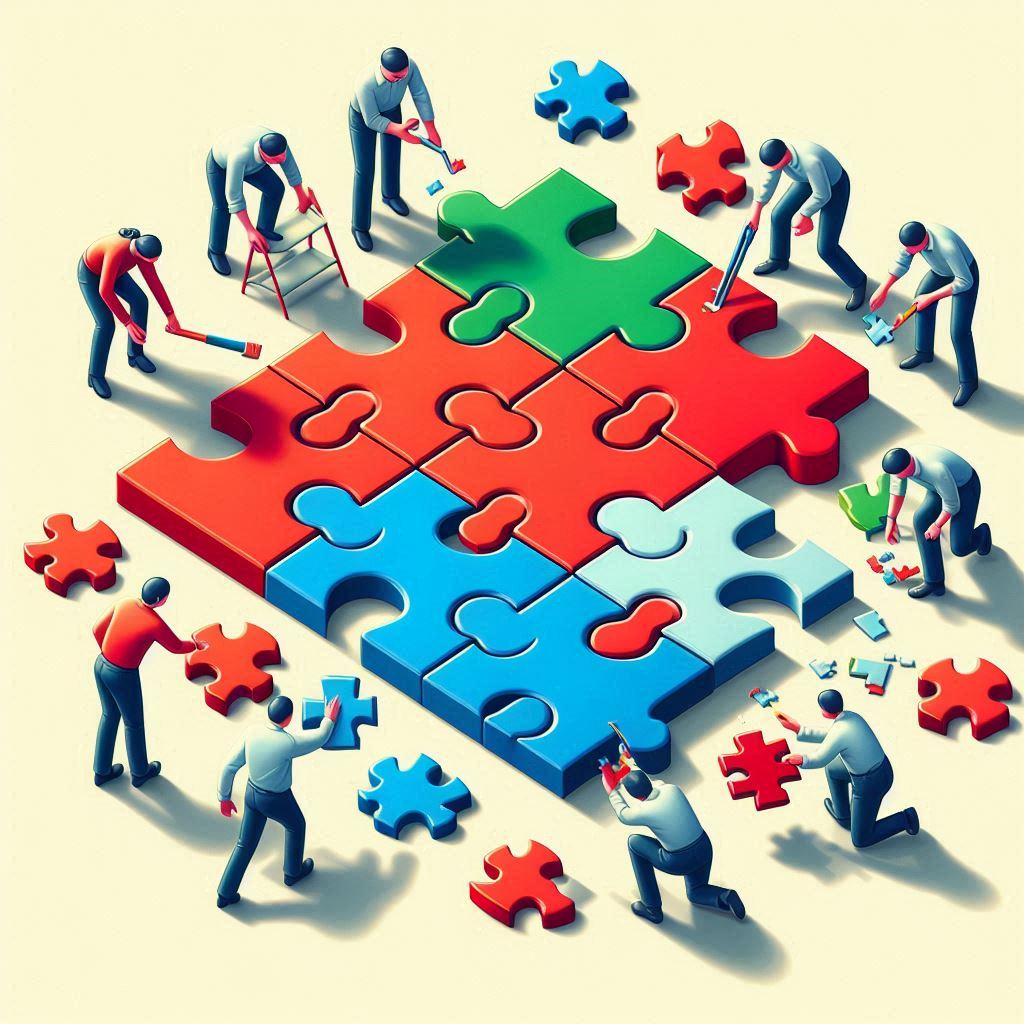
Solving puzzles as a group can improve teamwork and communication skills. It promotes collaboration and enhances the ability to work together towards a common goal. This helps team members understand each other’s strengths and weaknesses, improving their ability to communicate effectively and delegate tasks.
Problem-solving games can help individuals work better with others by fostering trust and reliance on each other’s abilities. This leads to improved morale and overall team productivity.
To become good at solving problems as a group, it’s important to practice active listening, creative thinking, and flexibility in approach. These skills allow team members to adapt to various problem-solving scenarios and use the diverse perspectives within the group to arrive at effective solutions.
Adventure in the Cold: Frostbite Challenge

The Adventure in the Cold: Frostbite Challenge is an outdoor problem-solving activity. It tests participants’ ability to strategize, communicate, and think in demanding conditions.
Teams navigate wintry obstacles, solve puzzles, and face physical and mental challenges. The game emphasizes creativity, adaptability, and quick decision-making to develop problem-solving skills.
The challenge involves physical endurance, logical reasoning, teamwork, and creativity. It offers a unique problem-solving experience that requires innovative solutions and effective communication.
Participating helps individuals gain firsthand experience in handling risks, managing uncertainty, and strengthening teamwork skills. Collaborating to solve problems and navigate difficult situations builds trust, clear communication, and effective decision-making under pressure. These experiences develop resilience, resourcefulness, and adaptability for personal and professional contexts.
Tallest Tower Contest
The Tallest Tower Contest is all about solving problems and working together. You can participate by building the tallest tower using materials like newspapers, tape, straws, or popsicle sticks. No digital devices or machinery are allowed. The winner is chosen by measuring each tower’s height with a tape or ruler. This encourages strategic thinking, teamwork, and effective communication. It’s a fun way to challenge yourself and be creative while working with others.
The Spider Web Dilemma
“The Spider Web Dilemma” is an activity where teams navigate through a web of strings or ropes without touching them. It represents a complex problem that requires collaboration and creative thinking to solve.
This activity relates to problem-solving by requiring participants to think, communicate, and work together to find solutions and accomplish a specific goal.
It can improve teamwork and communication in the workplace by promoting trust, collaboration, and effective communication among team members.
It encourages individuals to listen, share ideas, and coordinate their efforts to overcome obstacles, fostering camaraderie and synergy within the team.
Strategies for navigating “The Spider Web Dilemma” and solving associated problems include identifying and leveraging each team member’s strengths, establishing clear roles and goals, developing a clear plan of action, and fostering a supportive and inclusive environment to ensure everyone’s ideas are heard and valued.
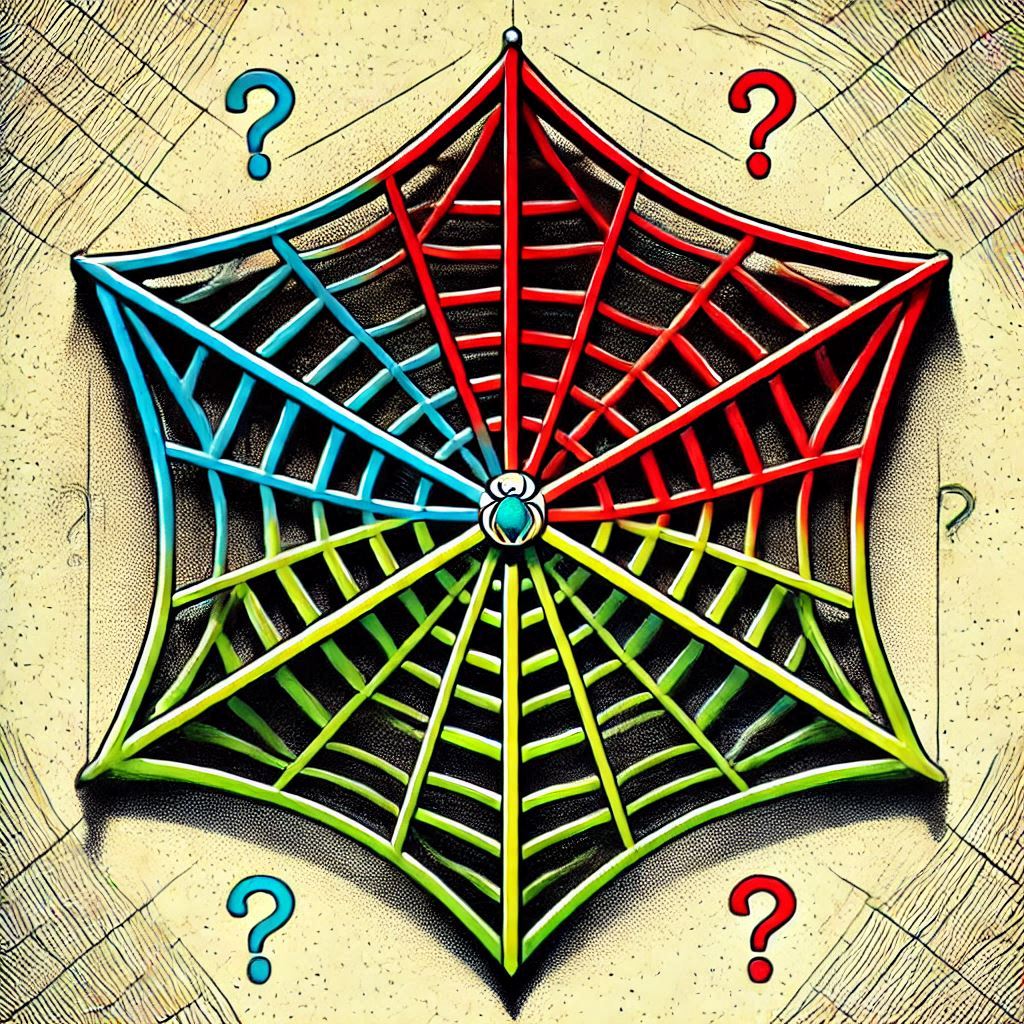
Teams can also employ trial and error, creative thinking, and adaptability to adjust their approach and effectively overcome challenges.
Steps to Get Really Good at Solving Problems
Get Ready
Problem-solving games are interactive activities designed to stimulate critical thinking, creativity, and collaboration among individuals or teams. They enhance problem-solving skills and promote strategic decision-making, adaptability, and effective communication in various contexts, including work, school, and everyday life.
Being good at solving problems at work is essential. It fosters a proactive and resilient workforce. Individuals who excel in problem-solving contribute to efficient project management, innovative problem-solving, and effective risk mitigation. These skills are vital for achieving organizational success.
To improve their problem-solving abilities, individuals can follow practical steps. They can engage in hands-on problem-solving activities like brainstorming sessions, team-building games, and real-world simulations. This helps sharpen their analytical, creative, and lateral thinking abilities.
Additionally, key strategies for mastering problem-solving skills include seeking diverse perspectives, reflecting on past experiences, and continuously learning and adapting to new challenges.
Make a Plan
One way to make a plan for problem-solving is to assess the situation carefully and identify the root cause of the problem. This involves gathering relevant data, analyzing the factors contributing to the problem, and understanding its impact. Once the problem is clearly defined, individuals can brainstorm potential solutions and evaluate their feasibility.
Effective risk-handling preparation when making a problem-solving plan involves anticipating potential obstacles and developing contingency plans. This may include conducting risk assessments, identifying the likelihood and impact of different risks, and implementing measures to mitigate or address them. Furthermore, individuals can prepare for risks by planning scenarios and identifying alternative solutions.
Strategies for improvement when implementing a plan for problem-solving include seeking feedback and learning from past experiences. This may involve evaluating the effectiveness of the implemented solutions. It also identifies areas for improvement and makes necessary adjustments to enhance future problem-solving efforts.
Additionally, individuals can utilize problem-solving activities and exercises to build their skills, enhance their creativity, and develop new perspectives on tackling challenges.
Do the Thing
Being good at solving problems is essential at work. It helps with risk management, communication, and productivity.
It’s important to practice specific skills, such as creative thinking, analytical skills, and perseverance, to improve one’s problem-solving ability.
Problem-solving games can help individuals and teams improve their abilities. These games enhance skills like communication, collaboration, and critical thinking. They also simulate real-world scenarios, helping teams practice decision-making and resource management.
Make It Better Next Time
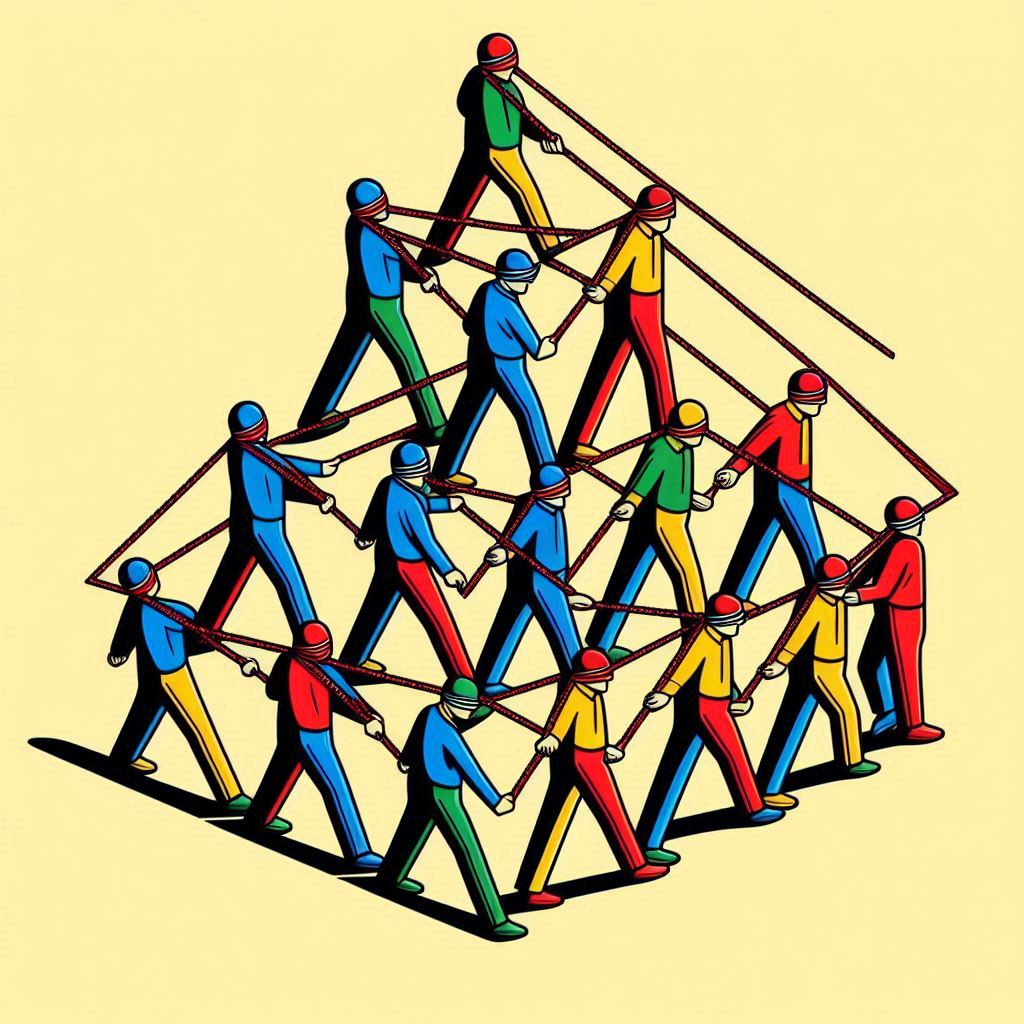
Individuals can participate in problem-solving activities to improve their problem-solving skills for future challenges. These activities promote creativity, adaptability, and collaboration. Examples include “Line Up Blind,” “Reverse Pyramid,” “Move It!” and “Human Knot.” They also encourage effective communication, critical thinking, and teamwork.
Participating in these activities allows team members to practice decision-making, adaptability, and resource management, which are essential for addressing future challenges.
After the activities, the team can reflect on their performance and identify areas for growth. They can discuss their strategies, successes, and areas for improvement. This collaboration helps develop effective problem-solving techniques. The team can also set collective goals and action plans for future challenges.
To avoid similar problems in the future, teams can implement strategies like brainstorming diverse solutions, considering “Dumbest Idea First,” and using the “What Would X Do” approach. These strategies encourage unconventional thinking and innovative approaches to challenges, helping teams address potential issues proactively and reduce the risk of similar problems in the future.

Vizologi is a revolutionary AI-generated business strategy tool that offers its users access to advanced features to create and refine start-up ideas quickly.
It generates limitless business ideas, gains insights on markets and competitors, and automates business plan creation.


